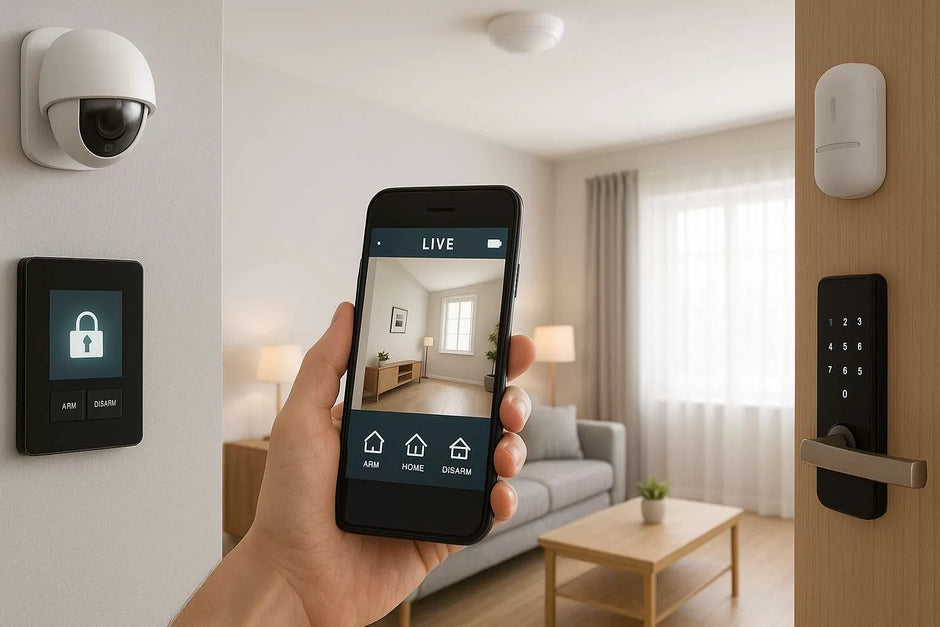Motion sensors have become a common feature in modern homes, offices, and commercial spaces. Whether used for security, energy savings, or automation, they promise convenience and control. But do they truly deliver enough value to be worth the investment? Let’s break down the pros, cons, and key use cases to answer the question: Are motion sensors worth it?
What Are Motion Sensors?
Motion sensors detect movement in a designated area. When motion is detected, they can trigger an action—turning on lights, sending alerts, activating cameras, or setting off alarms. There are different types, including:
-
Passive Infrared (PIR): Detects body heat.
-
Ultrasonic: Emits sound waves and monitors changes in echo.
-
Microwave: Sends out microwave pulses and measures reflections.
-
Dual-technology: Combines two types to reduce false alarms.
Benefits of Motion Sensors
1. Enhanced Security
One of the primary uses of motion sensors is security. They can:
-
Trigger alarms when unexpected movement is detected.
-
Turn on lights to deter intruders.
-
Work with cameras to start recording only when motion is present.
2. Energy Efficiency
Motion sensors can control lighting and HVAC systems based on occupancy:
-
Lights turn off automatically when no one’s in the room.
-
HVAC can be adjusted based on room usage.
This results in lower utility bills and a smaller carbon footprint.
3. Home Automation and Convenience
In smart homes, motion sensors can:
-
Automate lighting in hallways, bathrooms, or closets.
-
Trigger routines (e.g., turning on lights and music when you walk in).
-
Help monitor elderly individuals or children for safety.








